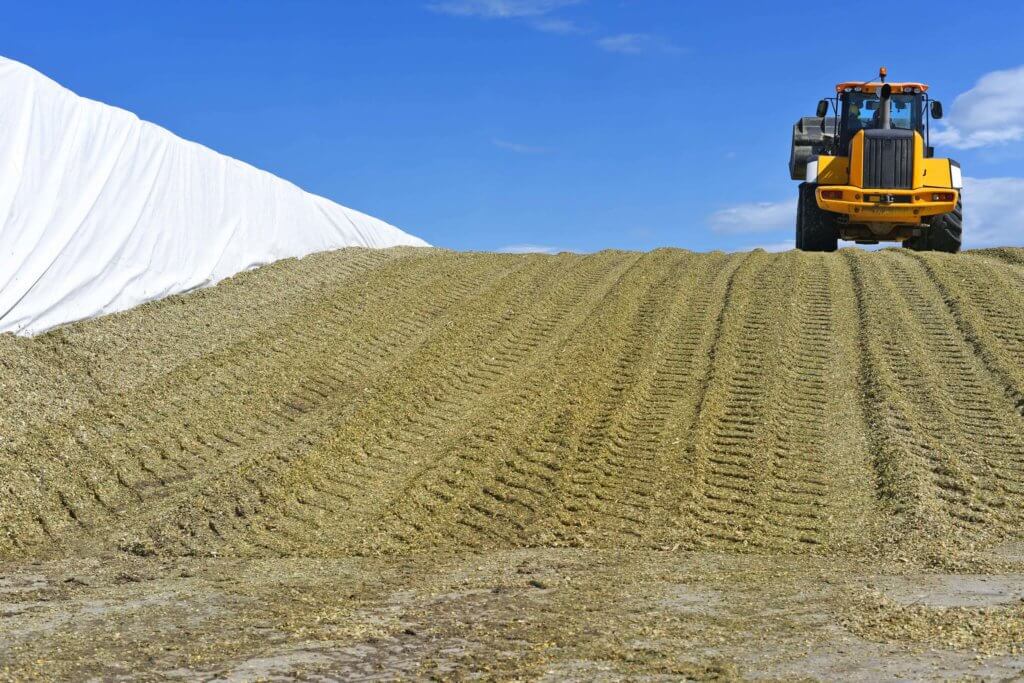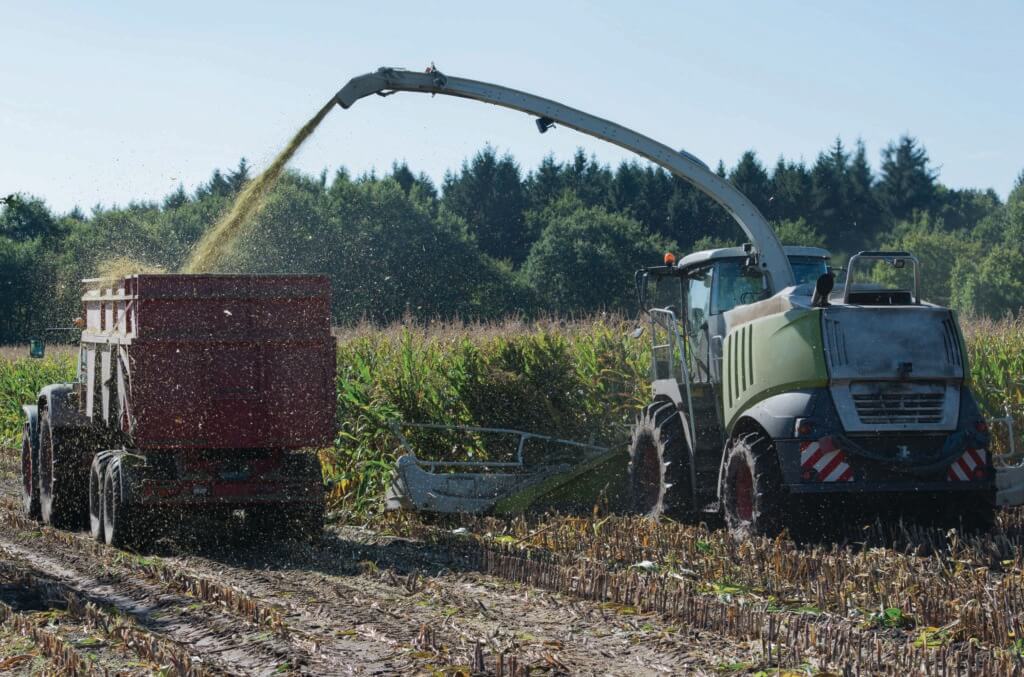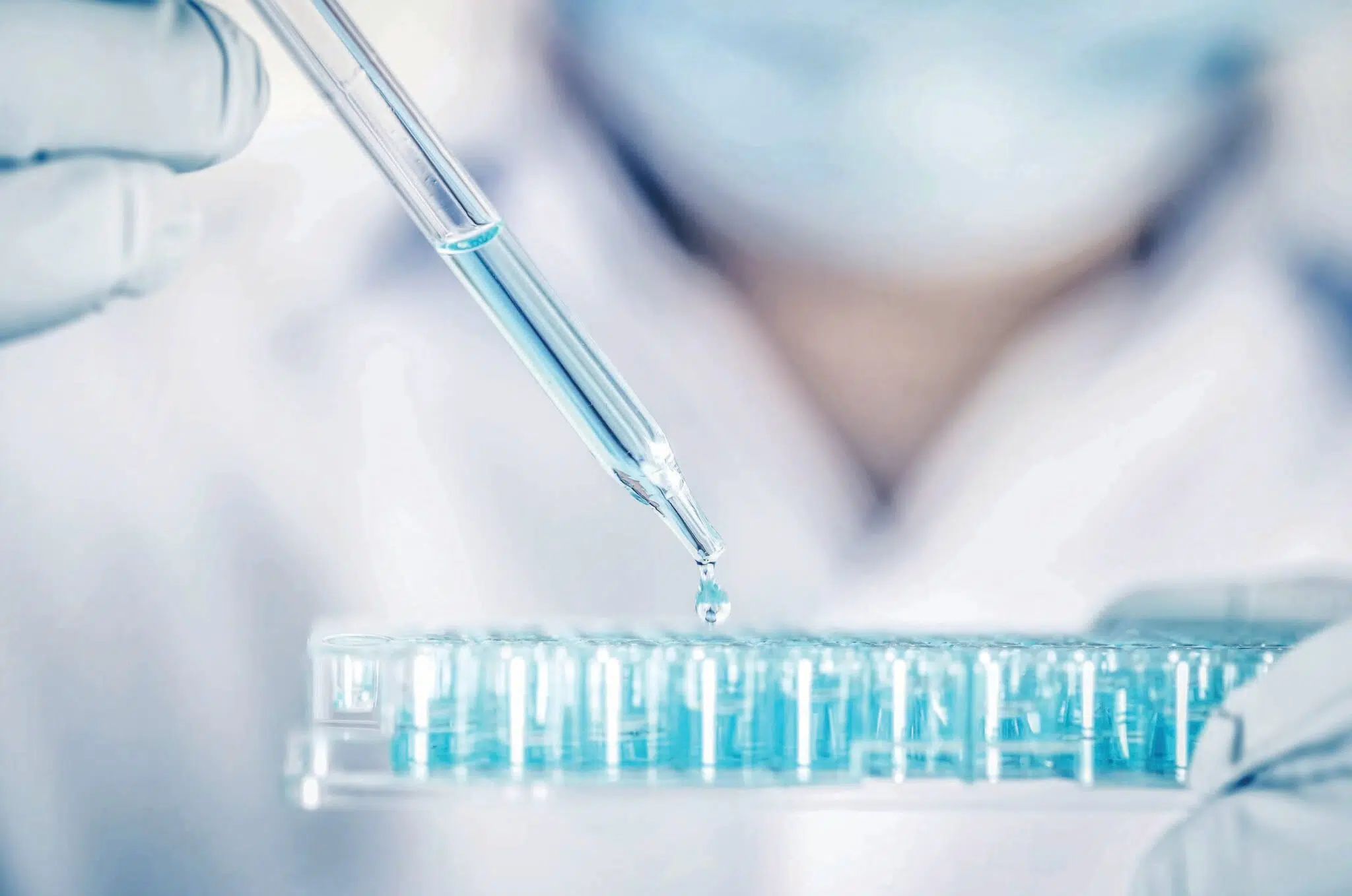We are constantly surrounded by hundreds of fungal species that each produce their own unique collection of metabolites, and that are influenced by various environmental factors. These ever-present microflorae influence almost every aspect of our lives – sometimes in a positive way, such as penicillin, and sometimes negatively, as in the case of mycotoxins. Approximately 400 different mycotoxins have been identified thus far, but it is estimated that there are still thousands waiting to be found.
Many of these toxins are taken in by humans and animals on a daily basis, but it is still not known what short- and long-term effects they might have. There are, however, a handful that had been researched fairly well (six, to be exact), with well-defined short-term symptoms, especially after exposure to high doses.
The worldwide fight against mycotoxins is a multibillion-dollar industry and a huge part of it is devoted to research in an attempt to find out what the extent of a specific risk at a specific time and place is. Mycotoxin analyses are not at all cheap and can cost thousands of rands per sample. Of course, the producer pays for it, whether directly or indirectly, and therefore, there must be real value for the producer in order to make timely decisions. In order to determine the value of such mycotoxin analyses, there are a few key concepts that need to be understood.

Mycotoxins are ever-present
Fungi and their metabolites are ever-present and there is little that can be done about it. Pasture and grain crops are particularly vulnerable, and management and prevention of contamination are almost impossible. Fodder crops that are processed further, such as silage, can be protected to some extent if good ensiling methods are used (read Heinrich’s previous article series on mycotoxins, as published in the April, May, and July 2020 issues of The Dairy Mail). Although effective ensiling can do nothing to existing toxins, further contamination can be prevented.
Mycotoxins like good company
Mycotoxins are never found alone. There are always a few different toxins present in any sample. Most of them are untraceable, either because the toxin has not yet been identified or because the toxins are present at such low levels that the test cannot identify their presence. It is a proven fact that mycotoxins have a positive synergism when they are consumed together; therefore, two or more toxins will have a larger impact in comparison to when only one is consumed. Subclinical toxicosis and production losses can thus be experienced in conjunction with a low or absent test result, without any apparent cause.
Mycotoxins can slip in
The third important point to understand is that of conjugated or bound toxins. Toxins often bind with different nutrients and become invisible in standard mycotoxin analyses. However, they remain present and are released in the intestinal tract through the general digestive processes and eventually absorbed. At any given time, a collection of toxins (of known and unknown species) are present at different levels (either less or more than the sensitivity of the test) and in different forms (free or bound).
A sample is only a sample
Although we know of various, well-established practices and methods to take representative samples, a sample will only stay but a sample. Regardless of how complete and sensitive the chosen mycotoxin analysis is, it still is only a reflection of the sample. If the sample is not representative, the results will also not be representative. Taking a representative sample in grain might be easier than with silage, just because the grain can flow and mix more easily during handling – just think of the movement of grain in a silo when the grain is loaded. Silage, on the other hand, stays static until it is used; therefore, a spot where fungus grows may have a much higher toxin content than another spot a few centimetres away. Such a hotspot can easily be missed while sampling. The results will show that there are few or no toxins present, but when the silage goes into the mixer, the toxins are evenly spread throughout the silage. Of course, the opposite is also true.
Tests are not perfect
Various mycotoxin analyses are available nowadays – from very expensive laboratory tests to less expensive on-farm tests that give a result almost immediately. The widely diverse chemical nature of mycotoxins of course means that each test is only sensitive for a single toxin. A typical laboratory test result can take days or even weeks to be available, although these type of tests have a higher accuracy and sensitivity. In such a case, the test result can be seen as old or historic, because the silage has already been fed to the animals. At large factories that have their own laboratories, it obviously works differently and test results can be of a better value. On-farm tests are considerably faster, but generally at the cost of accuracy and sensitivity.

Conclusion
Determining the real value of mycotoxin analyses is not a simple matter. It depends on a number of factors and it differs from farm to farm. Eventually, the value of mycotoxin analyses for commercial farmers should be tested by a simple question: “Can I really use what I have paid for?”
Download the full article in Afrikaans in PDF format here, as published in May 2021 issue of The Dairy Mail.
Heinrich Jansen van Vuuren holds a BSc in animal science from the University of Pretoria and is the team lead for amino acids, companion animals, and aquaculture at Chemuniqué.










